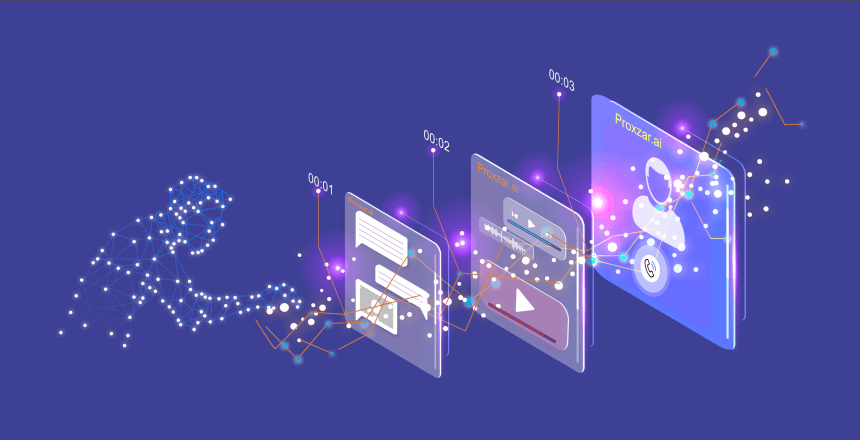A Quirky Explanation Of The Difference Between An Interface (*I) And An Experience (*X) As In UI And UX
As builders of Artificial Intelligence powered platform that can deliver experts curated content using proxies, we often get questions on what is a NLI and how is it different from a graphical user interface and also, the difference between UI/ GUI/ HMI and UX/ CX etc..
This article attempts to provide explanation to the said questions in a bit quirky way.
We start with the fundamental definitions of:
- an “interface” as in User Interface (UI)/ Graphical User Interface (GUI)/ Visual Interface (VI)/ Human Machine Interface (HMI)/ Natural Language Interface (NLI) etc..
- an “experience” as in User Experience (UX)/ Customer Experience (CUX)/ Conversational Experience (CX) etc.
Interface Definition
(click to see)
Noun: a device or program enabling a user to communicate with a computer.
Verb: connect with (another computer or piece of equipment) by an interface.
Experience Definition
(click to see)
Noun: an event or occurrence which leaves an impression on someone.
Verb: encounter or undergo (an event or occurrence).
The above featured graphic in the post is a GUI that shows how the user interface changes vis-a-vis the controls in it – based on certain user actions.
Can we extrapolate the above definitions and express them as a user journey along a time period (as shown in the graphic)?
If affirmative, we can move on.
- As we see in the sketch, the controls forming the interface changes during the user journey across time.
- How does the user in the journey is perceiving these changes? And further judging his perception as a joyful or painful experience?
It seems to me that the journey could be painful or joyful from the perspective of the “degree of freedom” experienced by the user.
-
- For example, complexity of the interface or difficulty in understanding the interactions with the interface or functionality that necessitate excessive dependence on others (which may not be provided just-in-time) might contribute to a sense of constrained freedom.
Simply put, we can relate interface and experience as follows:
Interface is the tangible through which a user judges his interactions as delightful or painful Experience.
To make this experience delightful, UX or CX designers build the tangibles – UI/ GUI/ HMI/ NLI – by identifying user or buyer personas etc.., so that the interactions with the interface are simplified to the extent of the user being empowered to the point of being able to complete the journey on his own or at least with minimal outside help.
The quirk was meant for all the freedom loving individuals who are users themselves!

